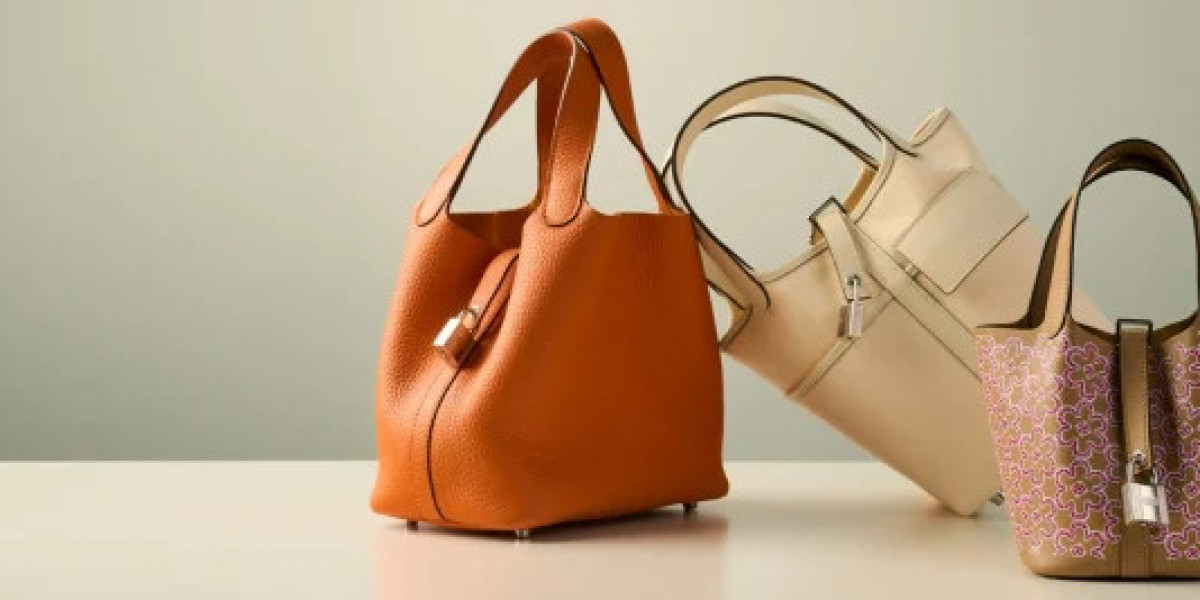Lanvin is more than just a luxury fashion house—it's one of the oldest surviving French couture brands with a history rooted in elegance, craftsmanship, and innovation. Founded in 1889 by Jeanne Lanvin, the brand has evolved from a small hat shop into a global symbol of timeless sophistication. Through the decades, Lanvin has embraced tradition while adapting to modern tastes, making it a unique name in the ever-changing world of fashion.
Jeanne Lanvin: The Visionary Behind the Brand
The story of Lanvin begins with Jeanne Lanvin, a woman whose artistic eye and entrepreneurial spirit led to the creation of one of France’s most iconic fashion houses. Initially a milliner, Jeanne opened her first boutique on the Rue du Faubourg Saint-Honoré in Paris. Her designs quickly caught the attention of Parisian elites, not only for their beauty but for their attention to detail and fine craftsmanship.
Lanvin’s journey into couture began when she started making dresses for her daughter, Marguerite. These miniature gowns were admired by other mothers, who began requesting similar creations for their children. Eventually, this led Jeanne to create clothing for women, blending maternal warmth with high fashion. Her work stood out for its romantic silhouettes, intricate embroidery, and soft, flowing fabrics.
The Signature Style of Lanvin
Lanvin’s early designs were distinct from the structured, rigid styles popular at the time. Jeanne favored a more relaxed, feminine aesthetic that celebrated movement and comfort without sacrificing elegance. The "robe de style," one of her signature silhouettes, became a defining look of the 1920s. This gown featured a fitted bodice and full skirt, often embellished with embroidery, lace, or pearls, exuding a sense of grace and charm.
Color played a significant role in Jeanne’s work. She was especially inspired by art and traveled widely to study color theory and techniques. She even opened her own dye factory to ensure the quality and uniqueness of the hues she used. One of the most famous is the Lanvin Blue, a rich, deep tone inspired by the works of Fra Angelico and symbolizing purity and serenity.
Expansion Beyond Fashion
Lanvin was never just about fashion. Jeanne Lanvin was one of the first designers to branch out into lifestyle products. In 1927, she launched the perfume "Arpège" as a gift to her daughter on her 30th birthday. The fragrance quickly gained international acclaim and became a classic in the world of perfumery. The bottle, with its art deco design and image of a mother and child, encapsulated the emotional depth of the Lanvin brand.
Over time, the house expanded its offerings to include menswear, children’s clothing, home decor, and accessories, all carrying the same dedication to quality and refinement. Jeanne's holistic approach to design set Lanvin apart, making it more than a fashion house—it was a lifestyle brand before the term even existed.
Lanvin After Jeanne: A Changing of Hands
After Jeanne Lanvin’s death in 1946, the brand passed through the hands of several designers and corporate owners. While there were periods of inconsistency, Lanvin always retained its core identity of French elegance and artistic expression. However, it wasn’t until the arrival of Alber Elbaz in 2001 that the house experienced a true renaissance.
Elbaz, an Israeli-American designer, brought a contemporary twist to Lanvin while honoring its heritage. His designs were celebrated for their architectural draping, luxurious fabrics, and emotional depth. He understood the Lanvin woman—not just as a fashion figure, but as a real person with a story. Under his leadership, Lanvin became a red carpet favorite and regained its place among the elite fashion houses of the world.
Modern Era and Continued Evolution
Following Alber Elbaz’s departure in 2015, Lanvin went through a period of transition. Several designers, including Bouchra Jarrar and Olivier Lapidus, took the helm, each bringing their unique perspectives to the brand. Though the house experienced some turbulence during this time, its legacy and historic value kept it afloat.
In 2018, the brand was acquired by Fosun International, a Chinese conglomerate with a strong interest in reviving European luxury brands. With new investment and direction, Lanvin began to reestablish itself in the modern fashion landscape. The appointment of Bruno Sialelli as creative director marked a fresh chapter. His vision combines Lanvin’s rich past with playful modernity, appealing to a younger, global audience while respecting the DNA of the house.
Lanvin Today: Global Reach and Digital Presence
Today, Lanvin continues to represent Parisian luxury, but with a renewed focus on innovation and global appeal. The brand has embraced digital platforms and social media, expanding its reach to a broader demographic. Its collections now balance heritage elements like fine tailoring and embroidery with contemporary trends and streetwear influences.
Collaborations and capsule collections have also become part of Lanvin’s strategy to stay culturally relevant. These ventures show that the brand is not afraid to take risks, yet always returns to the principles that have guided it since the beginning: elegance, quality, and emotion.
The Legacy Lives On
Lanvin’s endurance over more than a century speaks to the strength of its identity and the visionary spirit of its founder. Few fashion houses can boast such a seamless blend of tradition and modernity. From the maternal love that inspired its beginnings to the bold innovations of today, Lanvin remains a symbol of timeless French style.
Its legacy is not only preserved in museum archives and vintage collections but continues to evolve with each new creative leader. As fashion continues to shift rapidly, Lanvin stands as a reminder that true elegance transcends time, and that a deeply personal vision can build an empire.
Conclusion: A House That Stands Apart
In an industry where trends come and go with each season, Lanvin’s story is one of resilience, reinvention, and enduring charm. It is not just a brand but a piece of cultural history—shaped by a woman’s love for her daughter, carried forward by artists and designers, and admired across generations. As Lanvin looks to the future, it does so with the grace of its past firmly woven into every stitch.






